|
Some of our behavior is truly innate. That is, we have behaviors that we will exhibit without being taught. They are coded in our DNA and we do them without thinking very hard about them. One of those innate behaviors in social mammals is empathy. We know that a wide array of animals are not only aware of the suffering of their friends, but they will take actions to help them when they are suffering. This has been seen in mice, rats, dogs, and primates. It also seems to come with a sense of justice and equality. In a study with chimpanzees, researchers found that they were very sensitive to being given differential treatment. And better yet, this often worked both ways. It went something like this. Chimpanzees were given tokens that they could give back to the researcher in order to get a treat; a chunk of carrot or a grape. Like humans, they preferred the grape to the carrot, but would eat either. Until, they got treats in pairs. They began to refuse carrots when the other chimp in the room got a grape. When the reward for the same task was unfair, the chimps would refuse the lesser treat and often throw a tantrum instead. Better yet, when a chimp received a grape and his partner got a carrot, this chimp would refuse the grape! The chimp could see that his friend was being cheated and would refuse to play the researcher's game. It was an act of solidarity to refuse the desired treat when the chimp perceived the unfair reward to a friend, and it indicates a full understanding of fairness and equity. I would go a step further and say this also indicates that these types of social animals (which includes humans) are well aware that our lives are inextricably connected. We are in this life experience together, and what effects one of us effects us both, ultimately. It's a recognition that I could be in your shoes. First, in a larger context, I'd like to say that I think we ignore this at our peril. This is directly related to the world stage at the moment. I see over and over that when the oppressor dehumanizes the people they are attacking, they can justify horrendous acts. We have lost sight of what humanity means. To bring it closer to home, there are two things these social behaviors offer us in terms of our family dynamic. One is that humans are born with an innate sense of fairness, of what togetherness means and what we can expect from it. This is foundational in our psyche, and so we know that we can build on it. As parents we can look for this sense of fairness in our children and we can prepare ourselves to respond to it in a way that builds the kind of understanding of the world that we hope to instill in them. But we need to be prepared because the perceived unfairness will show up in small ways in their world every day. What do we want them to know? Growing up I received a lot of messages that "the world doesn't revolve around you" and "stop crying or I'll give you a reason to cry" or "well, the world isn't fair". And while at face value some of that is true, it taught me that it was ok that things were uneven and unfair. It taught me that my disappointment didn't matter. And I spent a lot of my first few decades on earth thinking it was ok that I was ignored, neglected, and treated badly. I wasn't the center of the world, what I felt didn't matter, and it was all ok because the world wasn't set up to meet my needs and wants. I'm not saying that will be everyone's experience, or that it's all my parent's fault that I accepted a lot of bad behavior from folks in my early years. But I am saying that I was taught a worldview that was in direct opposition to the innate truth inside me. It was confusing at best, and created a sense of powerlessness that was probably much more damaging. So again, I come back to the question, what kind of world do we want to tell our children is out there? What nuance do we need, that we do not currently have from our parenting experts, about giving our children a consistent and also true sense of the world they live in? I suspect this requires a little more thought than we usually put into answering such a question. Switching gears a little, I also want to cover a common behavior in children that I think is releated. When we perceive something as unfair and we don't know how to say so to the people who hold the power, we throw a tantrum. This too is a natural behavior, an innate response to perceiving that something isn't fair. How we respond as caregivers to this situation determines a lot about how our children learn about what to expect out of life and how to navigate unfair situations. That means that tantrums are a natural outgrowth of not being able to communicate with the person who has control of your environment. They are, in and of themselves, actually a communication of distress. So, what if we could see them as a natural instinct to communicate distress or displeasure, a need for someone to help us address our internal state of dysregulation? How would you behave if this was the lens you saw their tantrum through? Unfairness. It's literally an everyday occurrence. When do we stand up for others? When do we perceive that we have the power to do so? When do we feel solidarity? With whom? And how do we convey this worldview to our children? How do we want them to behave with their peers, with family, with folks they don't know? Just to be fair now, there is no right answer to this. It is just getting at being clear about when we are working with innate behaviors and how we want to build on those with our children. In chimpanzees, it turns out that there is a balance they are striking. They are more likely to boycott treats for friends or someone they experience reciprocity with in other social situations. Also, when resources are scarce, they are less likely to reject any food they are offered, even if it goes against their principles of fairness. I'm just inviting all of us to be clear about this balance. thinking about parenting and fairness:What kind of world do I want for my children?
What do I want them to do in the face of injustice? What perspective do they need in order to do that? What is the developmental path through childhood that supports this perspective?
If we think of this nuance as a continuum on a line between not empathetic and overly empathetic, is there anything else they need to know about when they're crossing into territory that is leaving someone out? (Remember that kindness includes them. Becoming people pleasers and catering to others is not the goal here. Healthy empathy lies where the needs of all people is being considered.)
0 Comments
In ecology we characterize how things work through the concepts of structure and function. Structure is the stuff we see when we ask ourselves WHAT or HOW. Structure is the behavior, the context, the goal, and our intent. It is how we approach a situation, what we bring when we come, and how we use our voice and our body to engage. Function is about the process, it is the flow and relating we hope to do when we come to a situation. It may overlap some with structure around our intent. WHY and WHEN are the questions that help us explore function. Sometimes these questions lead us back to our childhood pain. So, tread lightly here. The intention of asking these questions is not to retreat old painful pathways. Instead, what we want to do is skim off the surface of the facts. For me, I was alone a lot as a child. This was both because I grew up in the 1970's and 1980's when that was common... and because I suffered some big traumas during those years for which I did not receive help. Therefore, I have deep values for presence, connection, and being helpful (with consent). To ask HOW and WHAT we are investigating the structures, environment, and context of our parenting choices. When we ask WHY and WHEN we are locating our values, motivations, and assessing our capacity to show up fully for what's in front of us. The remaining questions of WHO and WHERE are relevant questions, that I'll answer when my next book comes out! Teaser: it has to do with where the relationships are (as in, is it a family relationship, community, or with yourself) and who else might be involved (a dependent, peers, or individuals in an hierarchy). This post is part of a video that I posted (LOM on YouTube) in a series on Landscape of Mothers Foundations. The topic is Structure and Function... and this post and the video are specifically about Structure. What we do and how we do it in our parenting relationship. When we enter a place in our parenting where we want to do things differently than what we have known, we are entering the unknown. It helps if we take a look at the places that we have done well in the past, or felt good about how we handled a situation, and we can apply what we know about what works to the new situation before us. I find it helpful to look at where things have gone well and ask myself a couple of questions about it. There are two parts to what we're investigating, the structure and the function. That is, we conjure a time in our minds in which we walked away feeling proud of how we handled some parenting moment... and we want to investigate the structure, or what was in place, what are the facts, and how it played out. We also want to understand that function, or why we did what we did, and what the context was. This video (LOM on YouTube) talks about the structure part of our inquiry. We're going to use the "Who, what, where, when, why, and how" questions... and the two particularly related to structure are WHAT and HOW. For me, I find that an approach that contains curiosity and questions is helpful (and so getting myself to that place before I approach my kids is crucial... and I really need to tie a string around my finger so I can remember it). As always, this requires some discernment. It requires that not only do I come with questions, but that I bring the presence of openness with them. Kids can tell when the question falls more along the lines of "what the hell are you thinking?" rather than, "hey, wanting to check in and ask about what happened yesterday. How do you feel?"
When we come to a situation where we're not sure what to do, or we have an urge to do it the way our parents would have (that wouldn't have felt good to us), we can take a pause and ask ourselves what we have done in times where the kids have responded well. If we already have answers because we've thought about it, we can respond better when a situation takes us by surprise. What does it mean to have regard for someone? For yourself? The origin of the word regard is Old French and is made up of “re-“ which means back, and “garder” which means “to guard”. Regarder (the Old French verb) means “to watch”. So, regarding is watching or seeing in a way that is protective, that circles back to safety. The way I think of it, regard is about allowing someone to have their full humanity. That includes the imperfections, the suffering, the disagreement, the joy and their right to choose their perspective. It means that they are not disposable, that it is not OK to shame or punish them, to tell them what their experience is, and it means that banishment or exile is not on the table. Regard does not, however, require me to agree with them. Holding someone in their humanity means that our fundamental orientation is that they deserve respect and dignity. If I disagree with them I do not have the right to infringe on their humanity. If I feel hurt by them I still do not have the right to infringe on their humanity. Regard is being able to set boundaries or make agreements without denying the humanity of any of the people involved. Regard is like love, in that it’s both a place we stand to see another person, and the way we behave toward them. Like love, if we don’t act in a way that lets the other person know how we feel, then they may not believe in our regard or love. Regard is both the things we hold to be true about someone from our vantage point, and our behavior that communicates our perspective to the other person. It is the acknowledgement of the person, and it is the circling back to the safety and validation of being held as a human worthy of respect. We can also have self-regard. This is the perspective that I hold for myself… one of self-compassion and acknowledgement of my own humanity. The associated behavior is treating myself with respect, honoring that I am having a (likely imperfect) human experience, but that I do not deserve to be shamed, abandoned, or punished… not even by myself. Self-regard holds me to treating myself respectfully, and it holds my inner dialogue to a standard of nourishment and protection rather than criticism and berating. The degrading voice in my head is not mine, it cannot coexist with self-regard. Ultimately, regard is embedded in a culture of shared humanity, care, and connection. It is also the bedrock of such a culture. Regard also feels like a lighthouse, a beacon, for how I want to be in the world. When I don’t know what to do, or how to handle a situation, I can ask myself what regard would look like if it were present… and I can do that. Oh this is so good... I love it when the days get a little shorter, encouraging me to my bed just a bit earlier. I thrive on getting good rest. I love how things slow down after a frantic summer of launching ourselves into travel, gatherings, adventures. I appreciate reclaiming my own inner pace... which is always so much slower than the pace at which the world moves. I stop pushing myself through all the excitement of summer (and honestly, I'm not really good at it... summer is not my most aligned season). Autumn makes the invitation to really settle in and notice the spectacular change of colors, the beauty of the seed pods, the way nature is preparing for her own down time. I feel like I see nature better when the light gets down to a certain angle, when it's not so intense. The play of shadows and light always gets my attention... it's so like life, isn't it? To have both things, right there together... There's a practice I learned from a therapist years ago about finding your own innate pace... how you feel like moving through the world right here and now. If you are curious what your internal (or natural) pace is, you can get into a place where you have some freedom to move around... and just let yourself start to walk, crawl, roll, or sit in a chair and move your arms, face, roll your neck... it doesn't matter what part you move... what is important is paying attention to how fast, or slow, you want to move.
Let the impetus for movement come from within, from your bones, from your depths. Notice its quality, is it smooth, direct, sinuous, jerky? What does that suggest about what you might want in your current situations (if anything... it doesn't have to). Invite that movement into your repertoire as you move through your day. Today, I am noticing that I crave stillness and rest. I am off to lay down for 10 minutes before my next meeting. I am going to fully surrender to the pace of stillness. And for the rest of the day, I'm going to give myself a moment to take three slow breaths as I transition from one task to another (if I can remember... because that's always more difficult when I get into get-it-done mode). We don't know what we don't know. And the things we learn early in our lives, we often don't question because we get taught so much... and so much of it unspoken... about how relationships and love and connection and meeting needs works. We just absorb these lessons and sometimes we don't realize things could be different. Especially if we spent a lot of time alone as kids. And not only that, we swim in the waters of our cultural assumptions and traditions every day, and many of those reinforce the lessons we learn from our families. Which is why it is important to create spaciousness in ourselves... to back up from the things we think we know... so that here, as adults, we can fact check them with our own senses. Do we believe what we were taught? Do our cells resonate with a gnosis (an inner knowing) that feels like "what we know to be true" really matches our inner felt sense of it? The Sun and Moon Mother is the archetype in the Landscape of Mothers who embodies this spaciousness. She is the Mother whose gift is Wholeness. She knows it takes a little room to figure out what belongs to us. She can help us find it. By spaciousness, I mean, creating more room in both time and space. This invites us to slow down, take a breath, and step back mentally from what is squeezing the situation (what is keeping us feeling righteous and right). Lots of mindfulness focuses on this space... taking a breath or counting to 10. If we use this technique in conjunction with intending to settle into our own values, we make room to see something differently and know ourselves relative to it. We make room to truly listen, observe, and understand the roots of the issue. And, it so happens, in that space we can also find our truth. I think back to a situation with a friend where we got stuck in a discussion that was hard for us both. In retrospect, I think it would have been helpful if I'd had the spaciousness to step back and formulate in words that my struggle was rooted in some of my basic safety needs. I suspect that hers was too. We never did recover from neither of us having the spaciousness to step back and assess what we were needing. My "stepping back" practice is Metta. To the best of my knowledge it is a traditional Buddhist prayer that I believe has been modified through the lineage I received it from. Saying the words is only part of its healing properties for me. The other part of it, the part that knocks around in my bones and creates spaciousness, is that, for me, it is about softening toward myself, wishing myself well, amidst the chaos and mistakes, and nourishing my inner child who fears judgment. The prayer goes on to acknowledge the humanity of everyone around me... and wishing those people well too. It refocuses me on my values of compassion, kindness, and respect. This is the healing... coming back to myself to meet the difficulties out in the world. Then I can have my own back in any situation. I can know my needs, I can rise to meet any struggle from my own solid ground. And this is what restores trust between me and my inner child. She sees that she can trust me to hold her carefully, to defend her where she needs it, and to always have her wellbeing at the center. |
Author: Jill cliftonHi, I'm Jill, creator of Landscape of Mothers. I'm here to talk about breaking family patterns of harm so that we can parent our children in ways that support them becoming fully themselves. I'm happy to have you here! Archives
March 2024
Categories
All
|

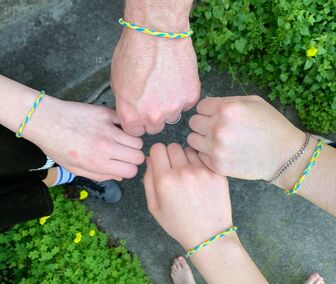
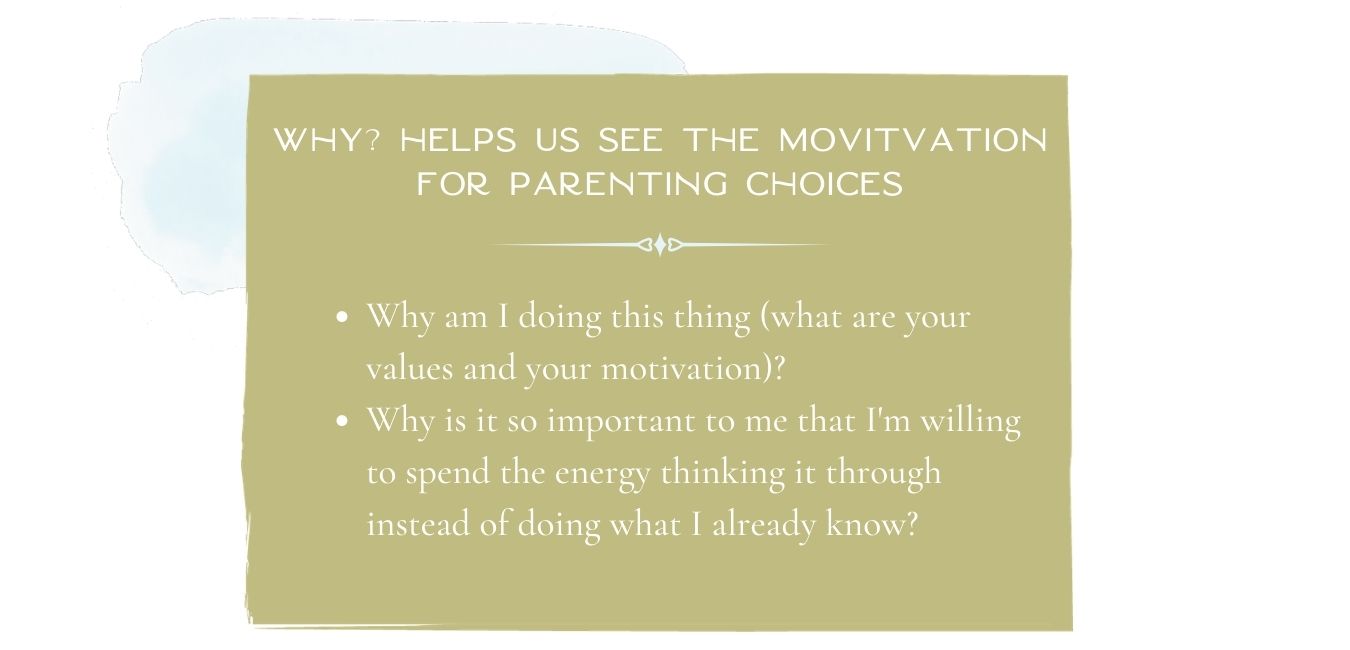
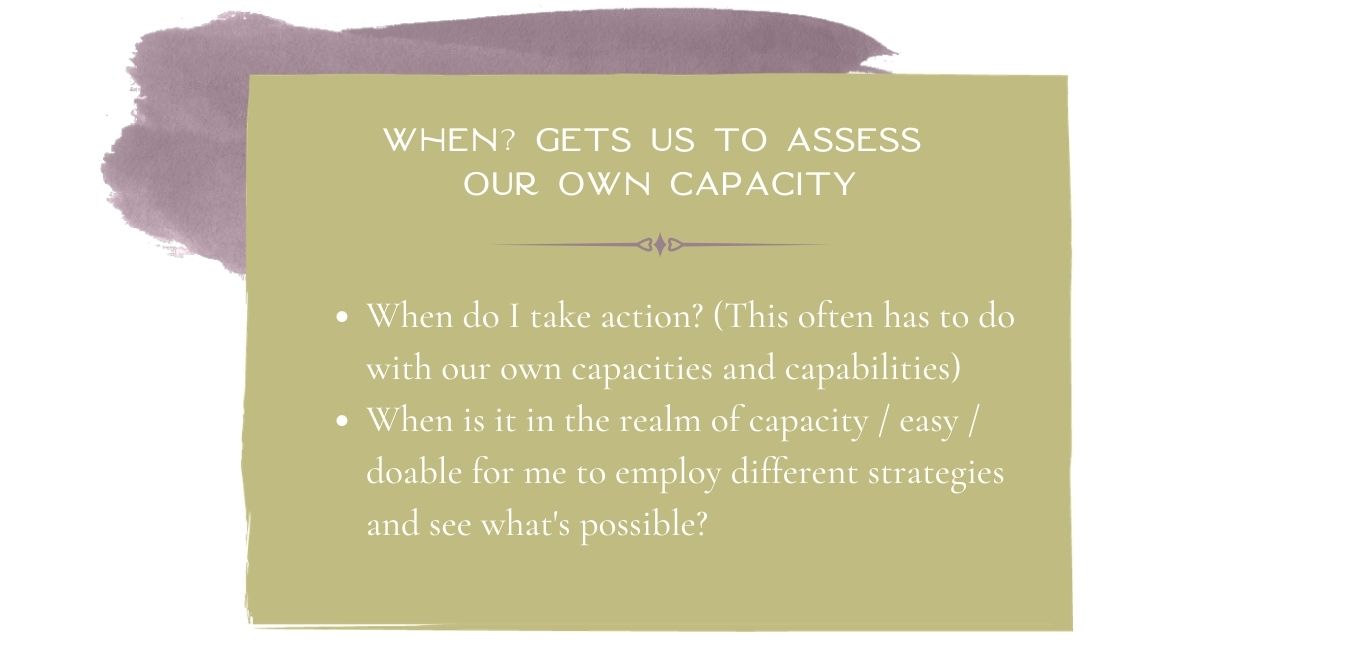
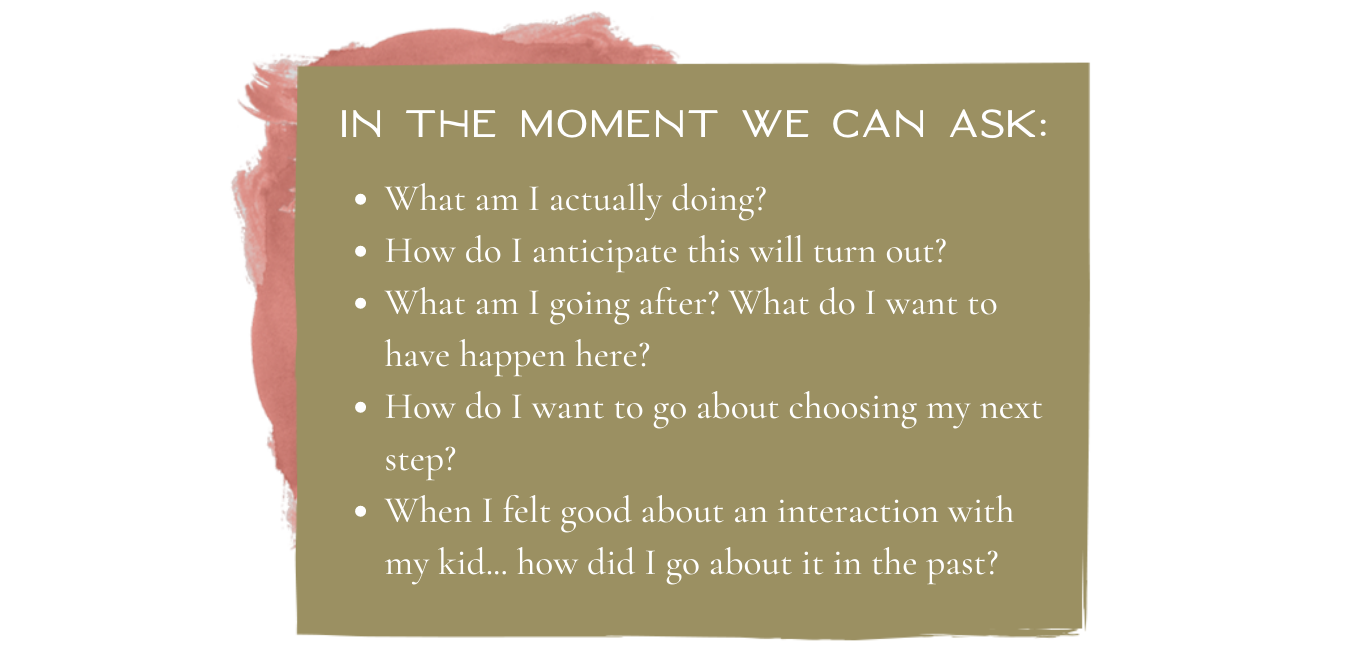
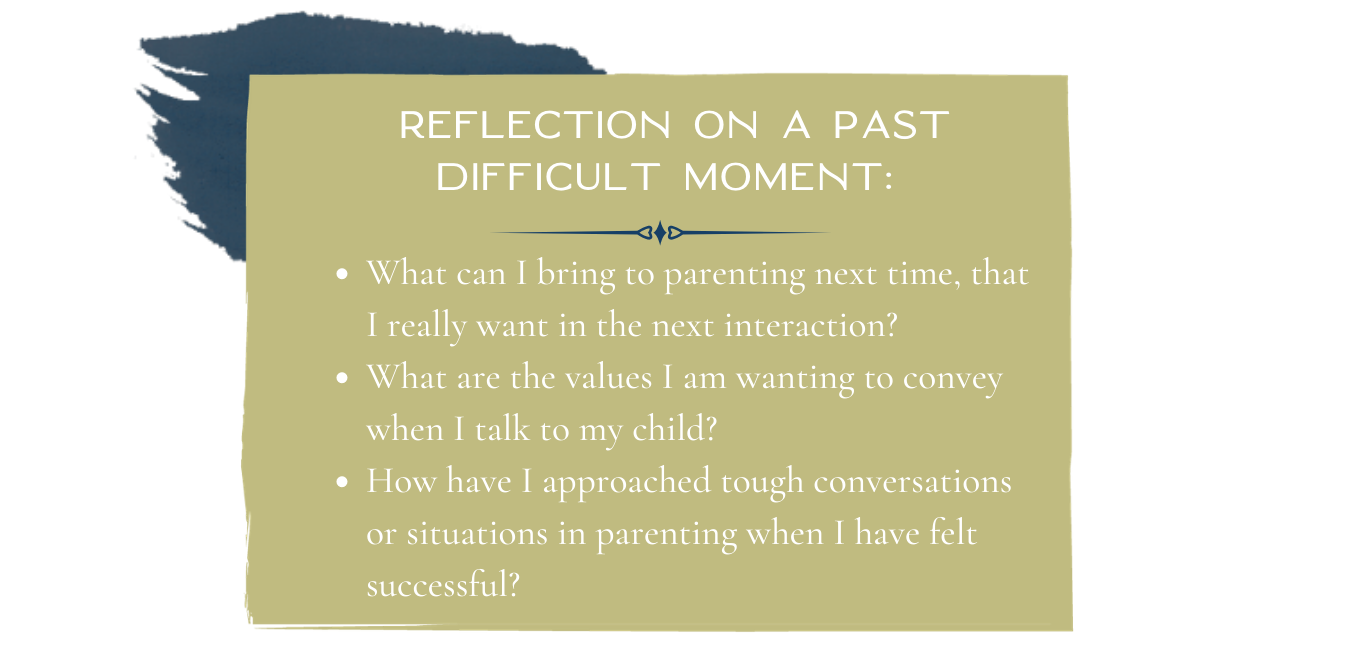
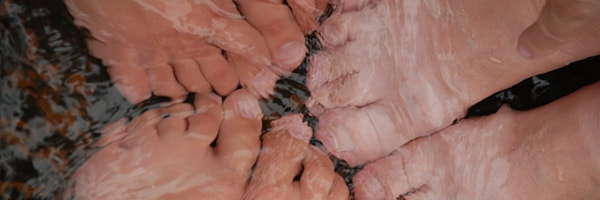
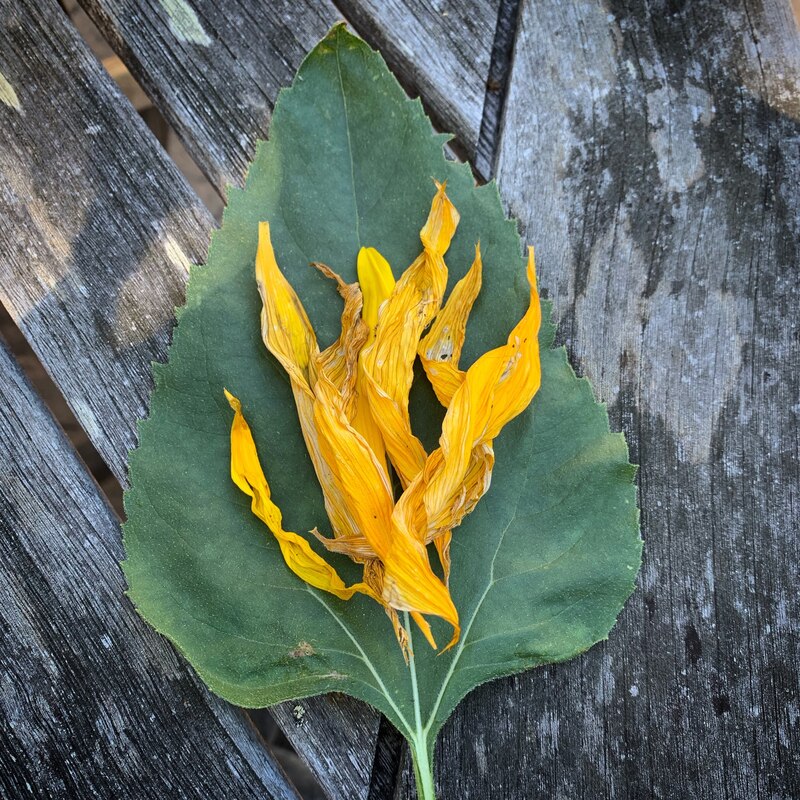
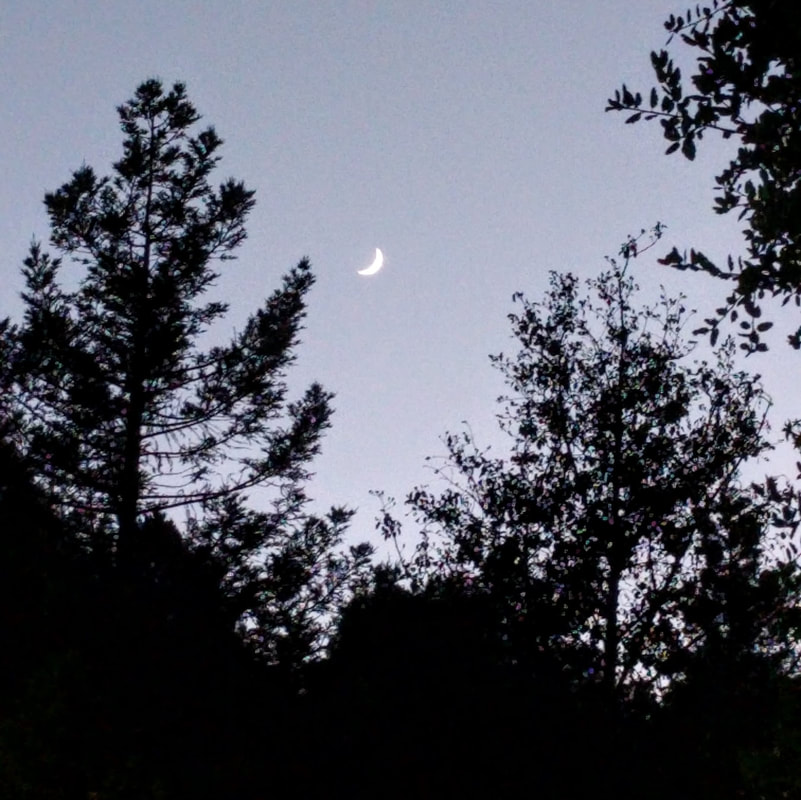
 RSS Feed
RSS Feed